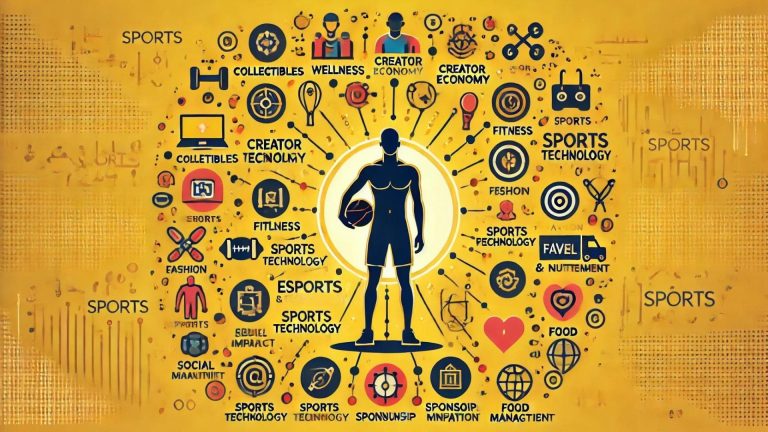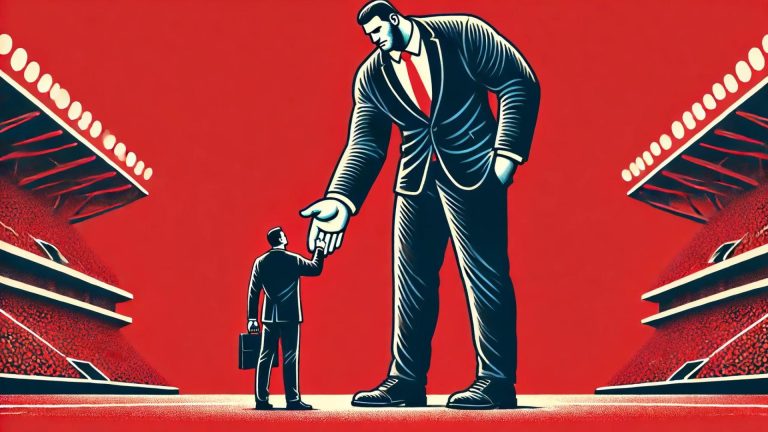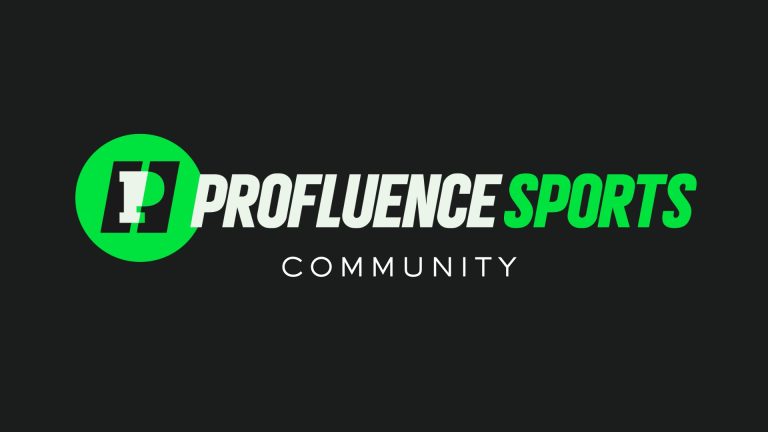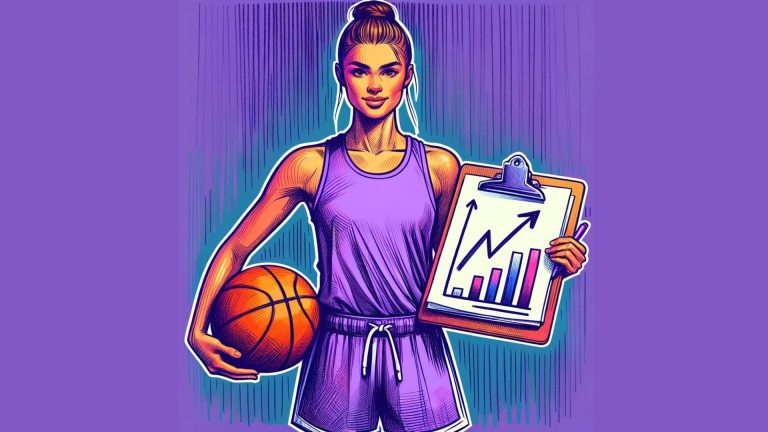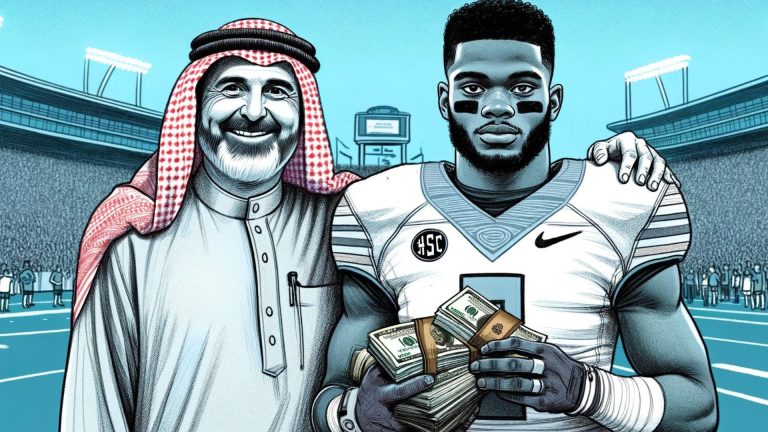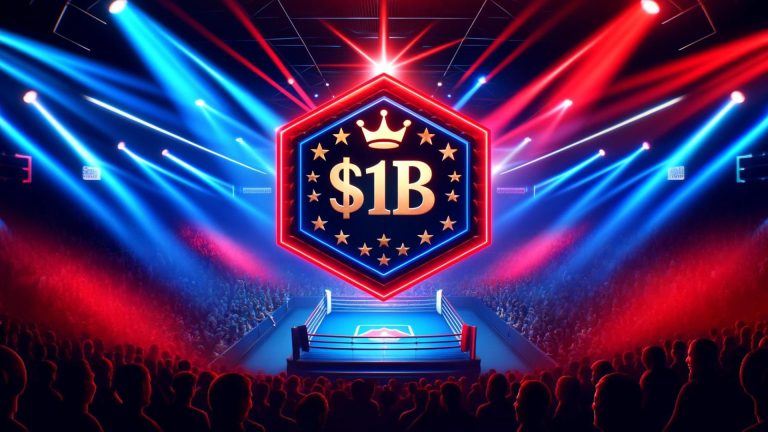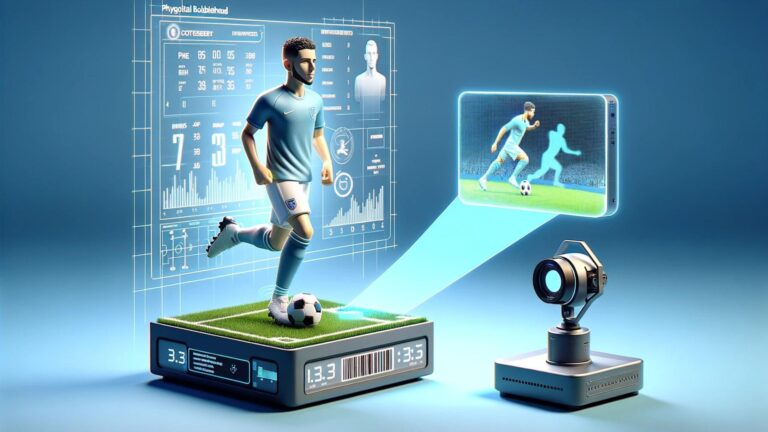$500 billion dollars.
That’s how much the “Creator Economy” is projected to reach by 2027, according to Goldman Sachs.
And this should come as no surprise…
Brands have realized that they no longer need to spend millions to create a 30-second Oscar-caliber commercial.
Instead, they can employ a roster of social media personalities to promote their product/service at a reduced cost.
And this is having a major impact across the sports landscape 👇
Winning Gen-Z
To win the hearts and pockets of the coveted Gen-Z demographic, sports brands have been forced to innovate; to re-write their decades-old marketing playbook and challenge pre-conceived notions about who and what drives sales and engagement.
The longstanding sports marketing theory was getting a big-time athlete to promote your brand would result in big-time sales.
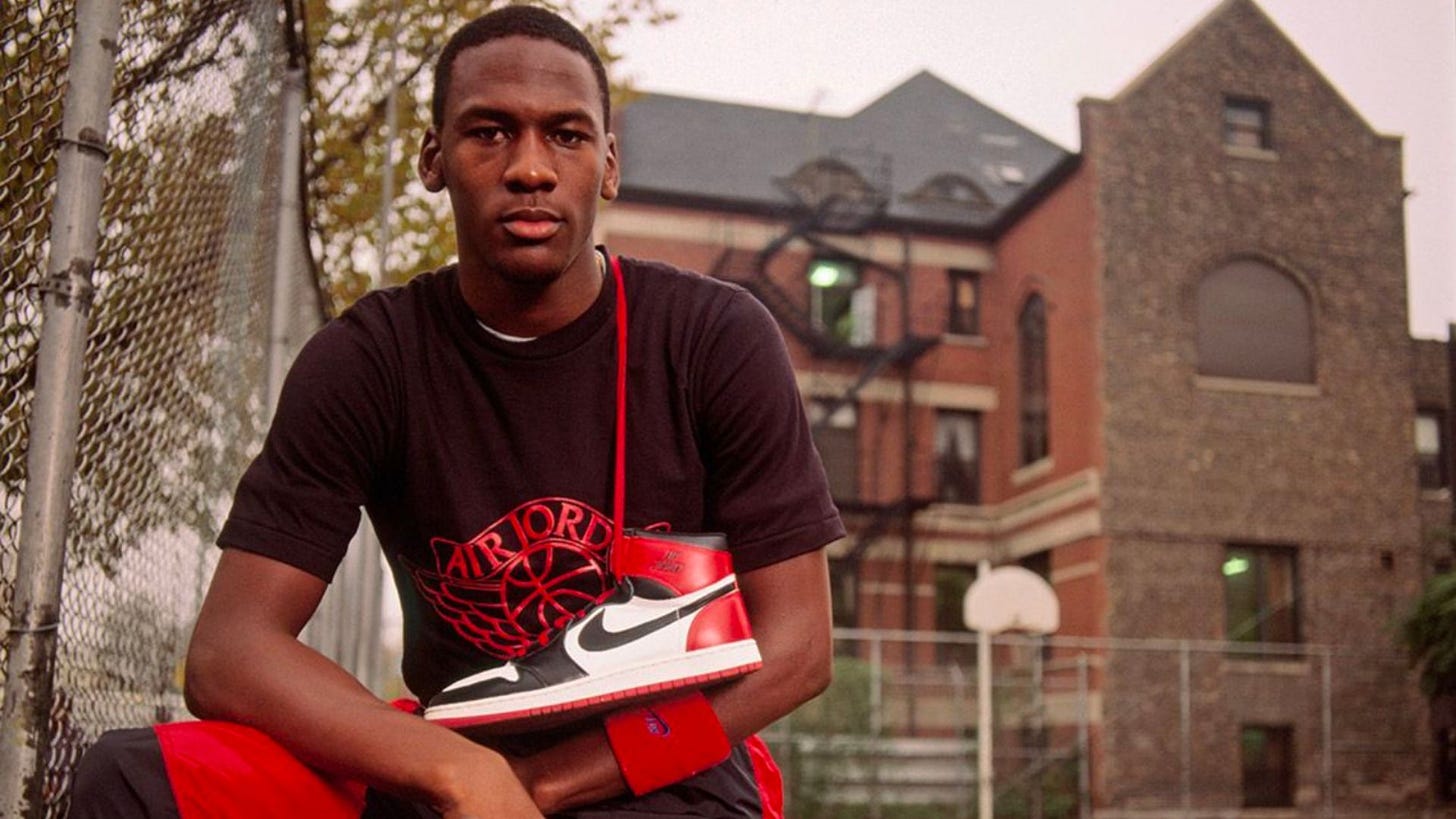
Nike bet their entire business on this…
- If Michael Jordan turned out to be a bust, Nike was destined for financial ruin.
- In 2022 alone, the Air Jordan brand generated over $5 billion dollars in revenue, accounting for 11.5% of Nike’s annual earnings.
Since then, brands signing athletes to contracts worth millions (and sometimes billions) has become the new normal.
Lifetime deals signed in the last few years:
- Lebron James – $1B
- Stephen Curry – $1B
- Kevin Durant – $300M
- Lionel Messi – $30M/yr
- Cristiano Ronaldo – $1B
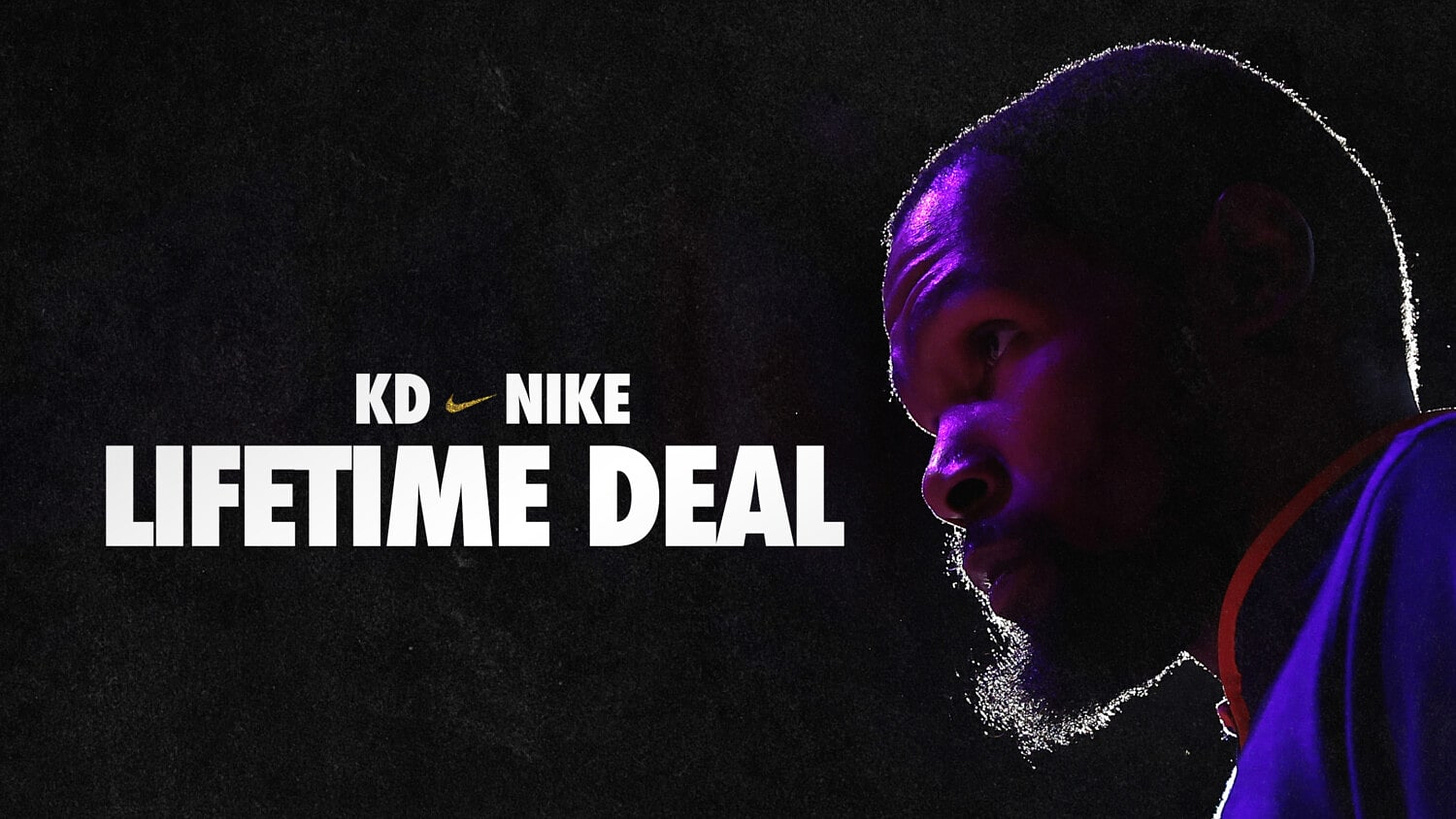
Do these astronomical standards affect the ability of smaller brands to sign a future superstar? Yes.
Does this mean smaller brands will be unable to capture valuable market share? Absolutely not.
Why? The proven success of micro-influencers.
Although there are many brands that have successfully leveraged smaller creators to market to the next generation of consumers…
One of the best examples is at the intersection of the fitness industry and the creator economy.
GymShark Changed Marketing Forever
To the average middle-aged adult, the brand “Gymshark” probably does not ring a bell. No surprise.
You won’t see famous athletes donning the brand’s unique shark logo nor will you find a pair of their shorts at your local Target.
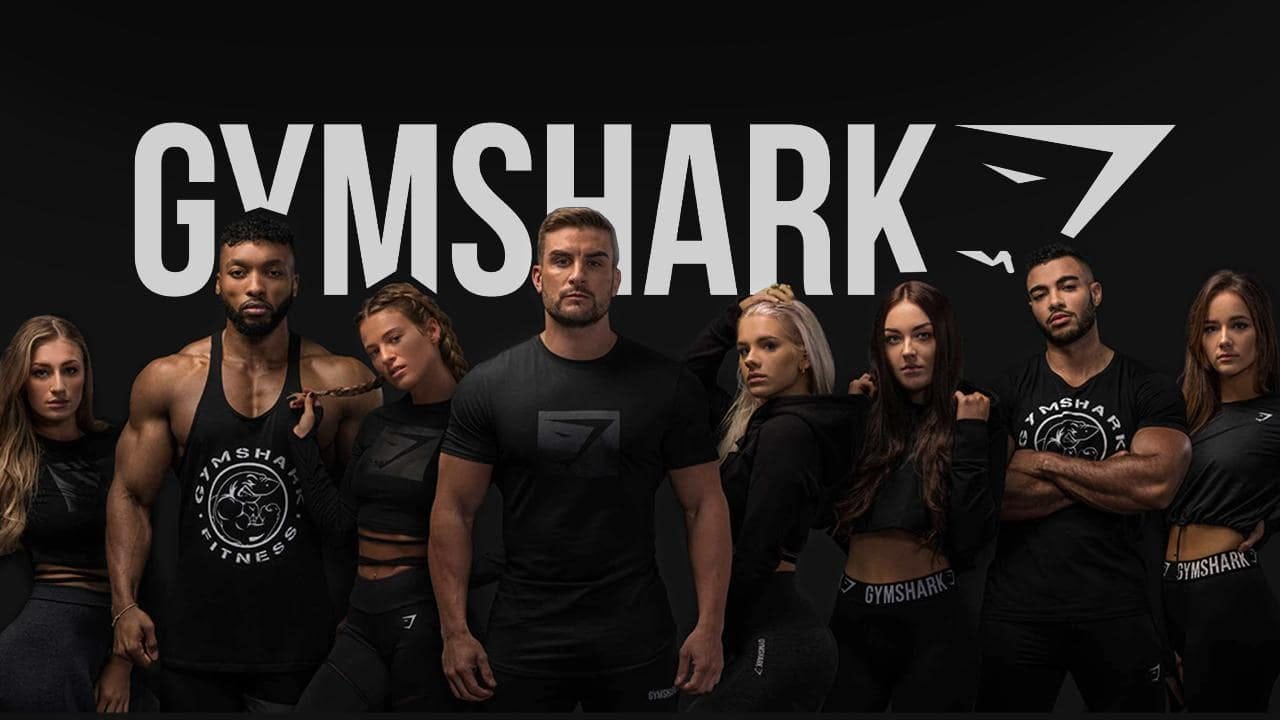
However, if you were to ask almost any member of Gen-Z who follows fitness content on social media — you would get a completely different answer. And odds are, they probably have a shelf full of it.
Gymshark, a sportswear brand founded in 2012 by Ben Francis, had a clear target demographic in mind: 18–25-year-olds interested in fitness, sports, fashion, and music.
Instead of enlisting famous athletes, models, or musicians, Francis decided to take a different approach. He partnered with smaller YouTube fitness influencers who had tight-knit relationships with their audiences.
This was a smart move for two main reasons:
- Micro-influencers (individuals with 10,000-100,000 followers) tend to have higher engagement rates on average compared to larger influencers
- It is easier to reach specific niche segments of the desired target audience
Even more important was that Francis viewed Gymshark’s relationship with its influencers as more than a business transaction. It was a collaboration.
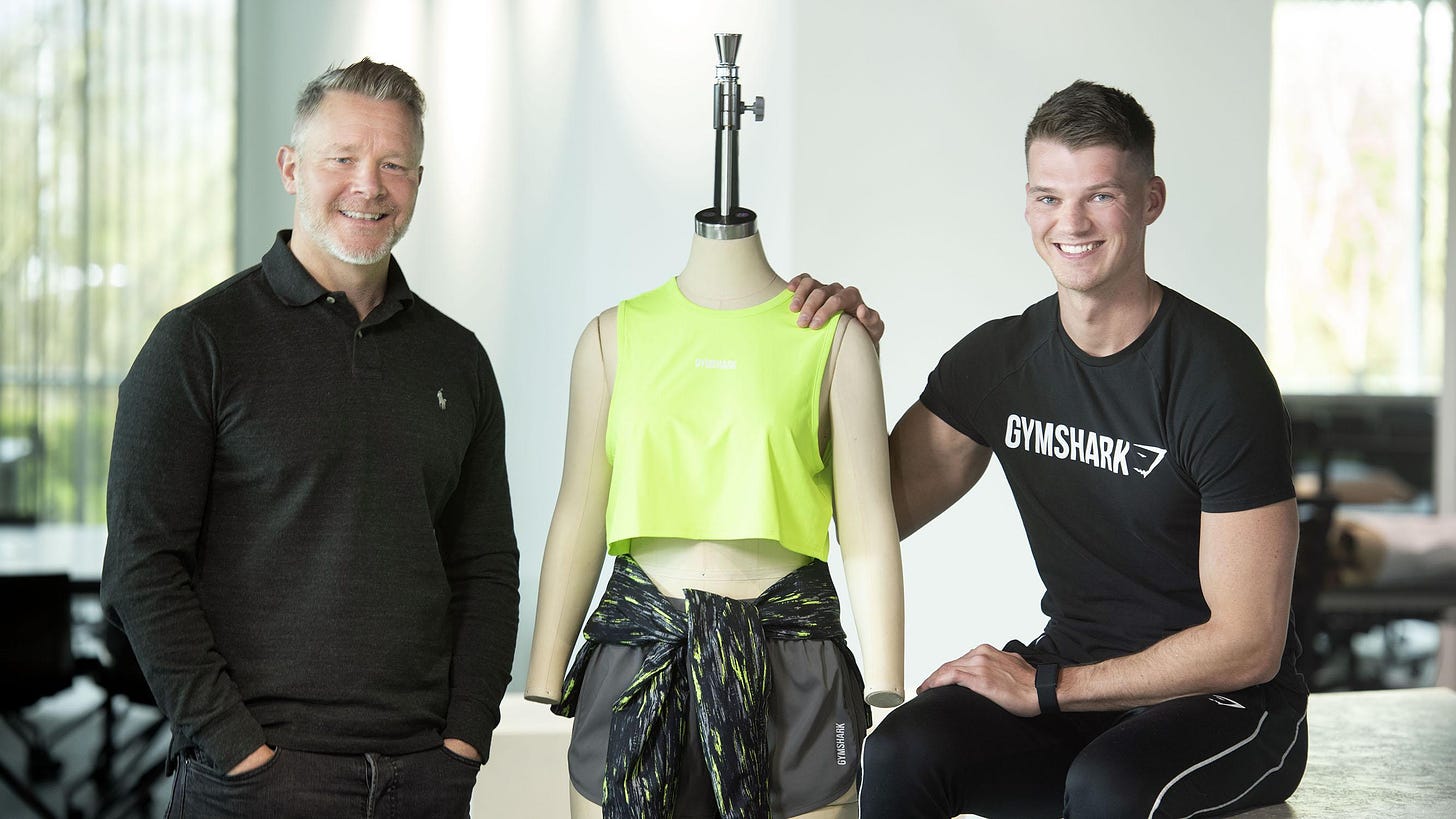
He understood the power that these smaller influencers had over their audiences and that there was a level of inherent — yet fragile — trust between the parties involved.
That “micro-influencer tactic” has transformed Gymshark into a billion-dollar brand.
Sports X Influencer Marketing Principles
If you are a brand in the sports/fitness space hoping to target the Gen Z demographic, you should be utilizing influencer marketing.
However, it is important to acknowledge a few things:
1. The fitness influencer space is becoming increasingly saturated.
If you continue to abide by the same playbook as every other brand, customer fatigue is imminent. Think outside the box about how to further engage your community.
Alphalete Athletics built a massive athletic complex in Texas known as “Alphaland.” It includes a giant world-class gym, a macro-friendly cafeteria, and a flagship store.
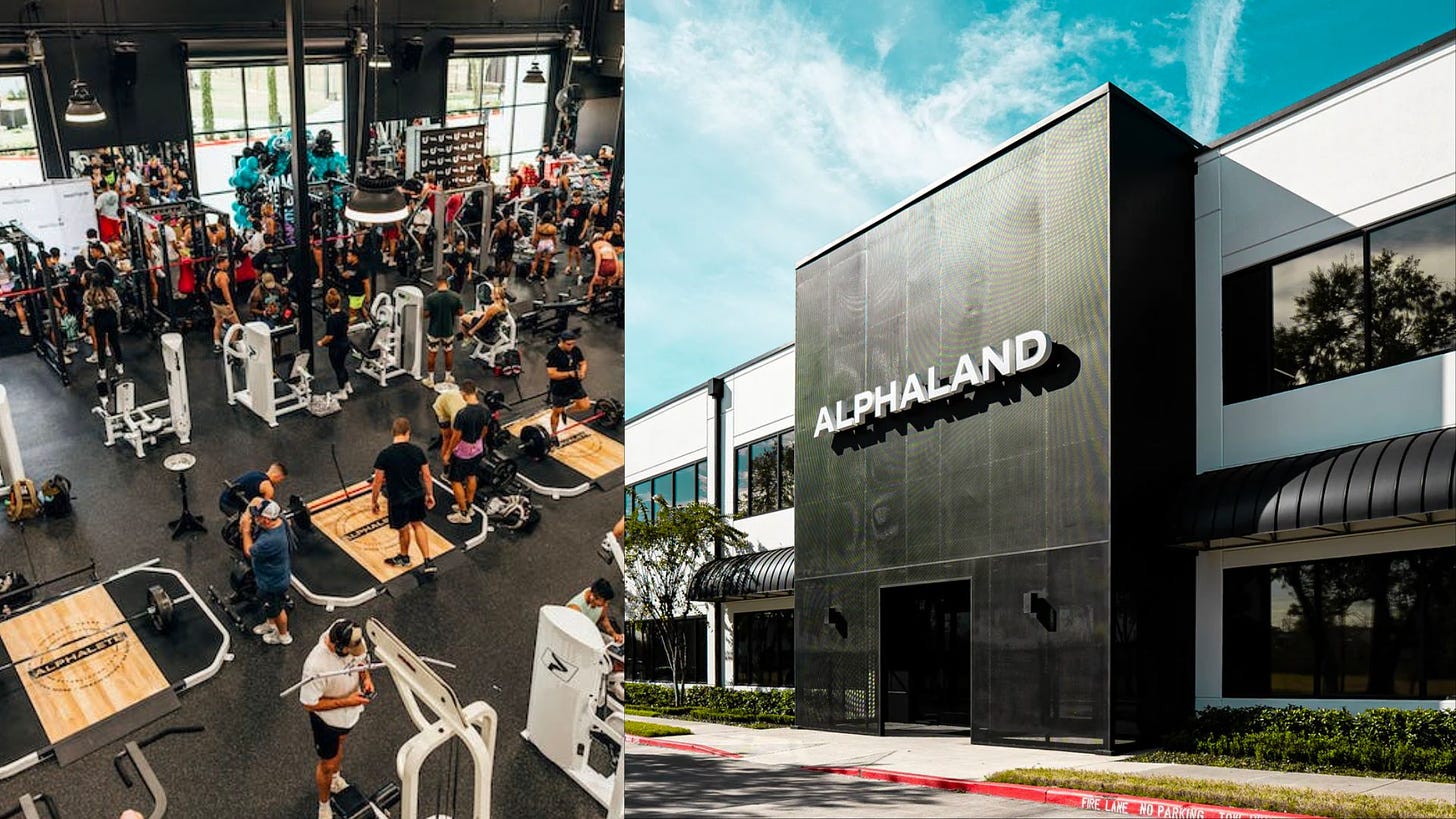
But even more impressive…
Influencers will travel from all over the country to workout at the facility because it is a safe space to film and collaborate with other influencers.
As a result, Alphalete reaps the benefits in the form of free marketing. It is genius. The power of in-person experiences cannot be understated.
2. There is not a one size fits all approach to influencer marketing.
Do not sacrifice authenticity. Find influencers that create content that aligns with your product.
What makes fitness influencers so successful is their ability to integrate products seamlessly into their content.
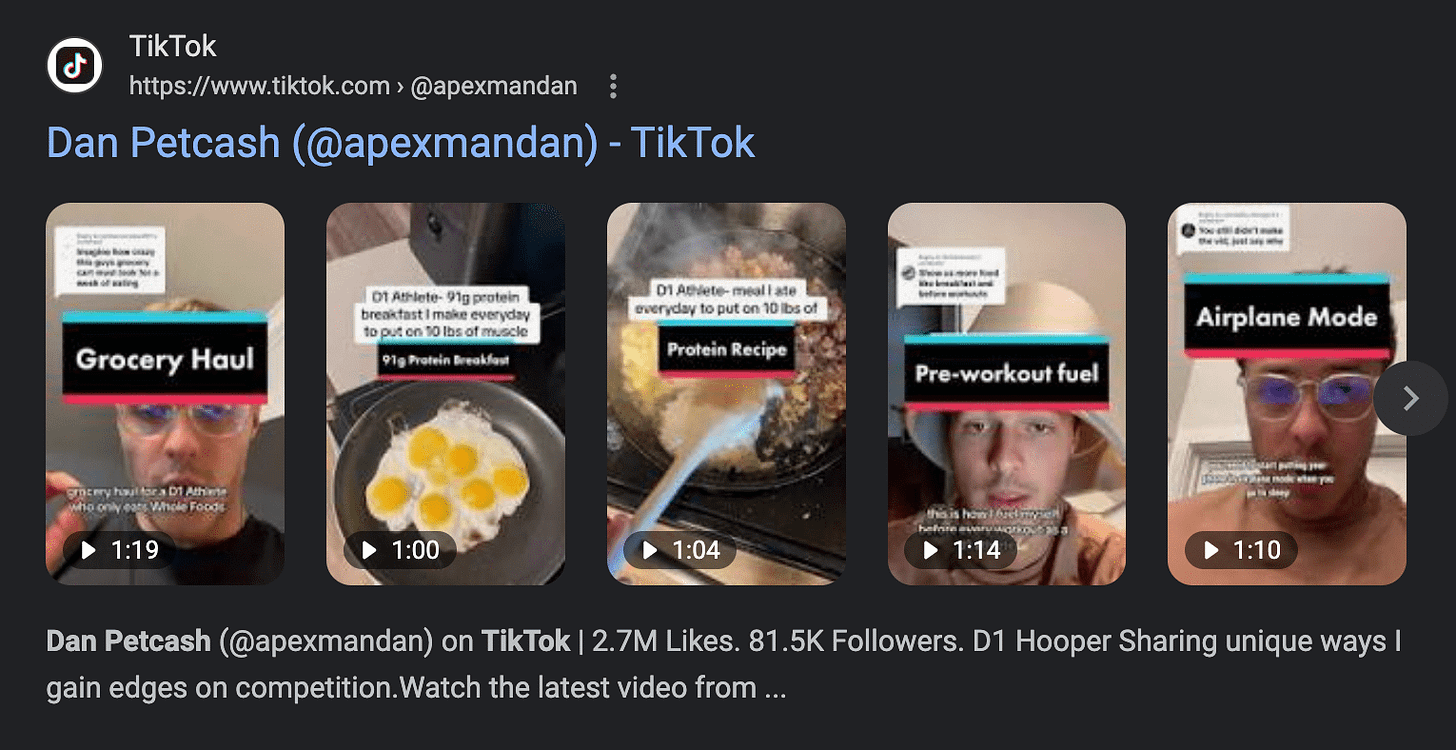
“What I Eat In A Day,” is a form of content that tends to do very well.
Because to viewers, it does not come off as an advertisement. It appears as if drinking that specific energy drink is just part of that influencer’s daily routine.
3. Understand the influencer’s audience.
The “why” is equally, if not more important than the “who” and “what.”
If there is one thing that Nike knows how to do well — it is storytelling.
Their heartfelt and inspiring commercials celebrating a big moment instill a sense of hope in all of us.
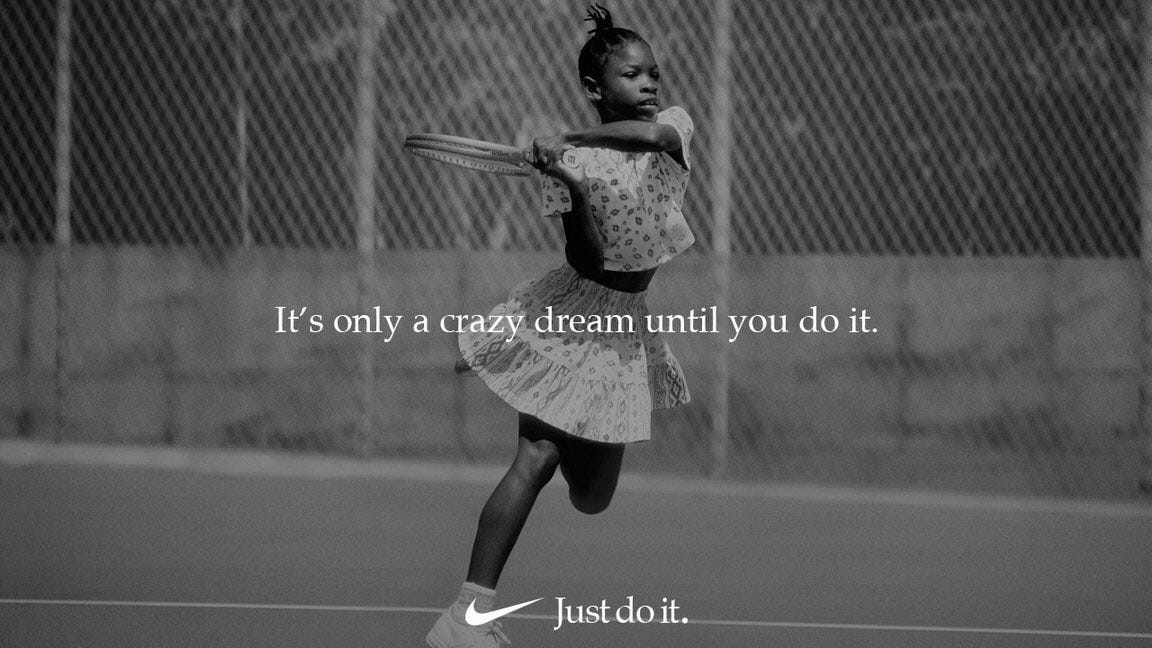
But as much as I love those commercials, I cannot relate to them. I will never win a Wimbledon title or become the NBA’s all-time leading scorer.
This disconnect is why influencers have become so powerful…the content is more realistic.
Because while we may not see ourselves in Serena Williams or Tom Brady, we can all see a version of ourselves in the average girl or guy wanting to improve their physique.
Entire Brands Will Be Built off NIL
While the Nike’s of the world aren’t going away…
There is an immense opportunity for smaller brands to scoop up hundreds of athletes at a discounted rate thanks to NIL.
Vuori clothing received a huge boost thanks to Livvy Dunne at LSU.
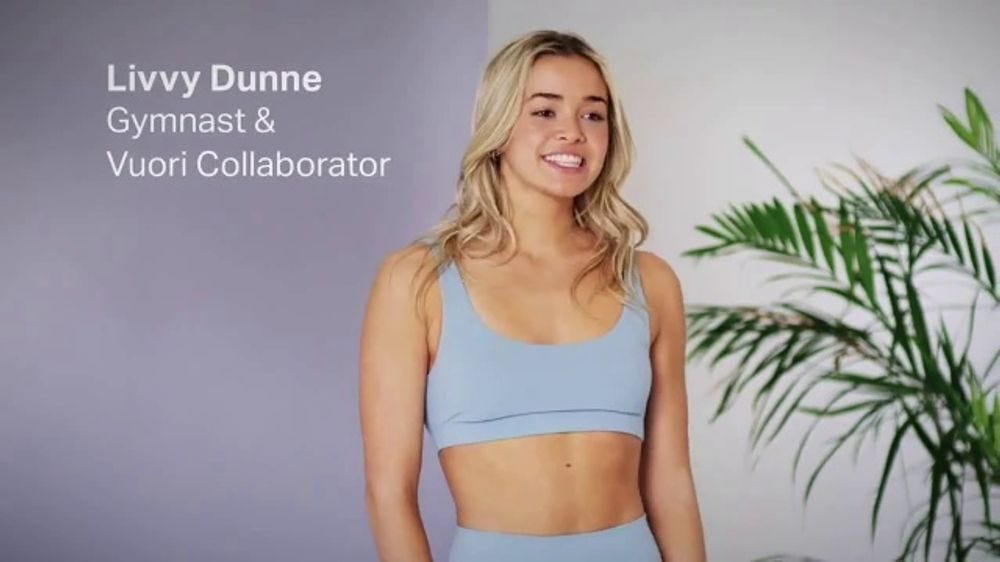
Here’s the profile of a group of athletes that will one day build a $1B+ athletic brand:
- made tons of money via NIL in college
- not quite good enough to play professionally
- huge social media followings to push awareness
- budget to sign on a ton of current college athletes
Influencer marketing is still at its nascent stage.
The space has developed a lot over the past few years and it will be interesting to see where it goes, especially as new capital follows (and brand money heads downstream in sports).

